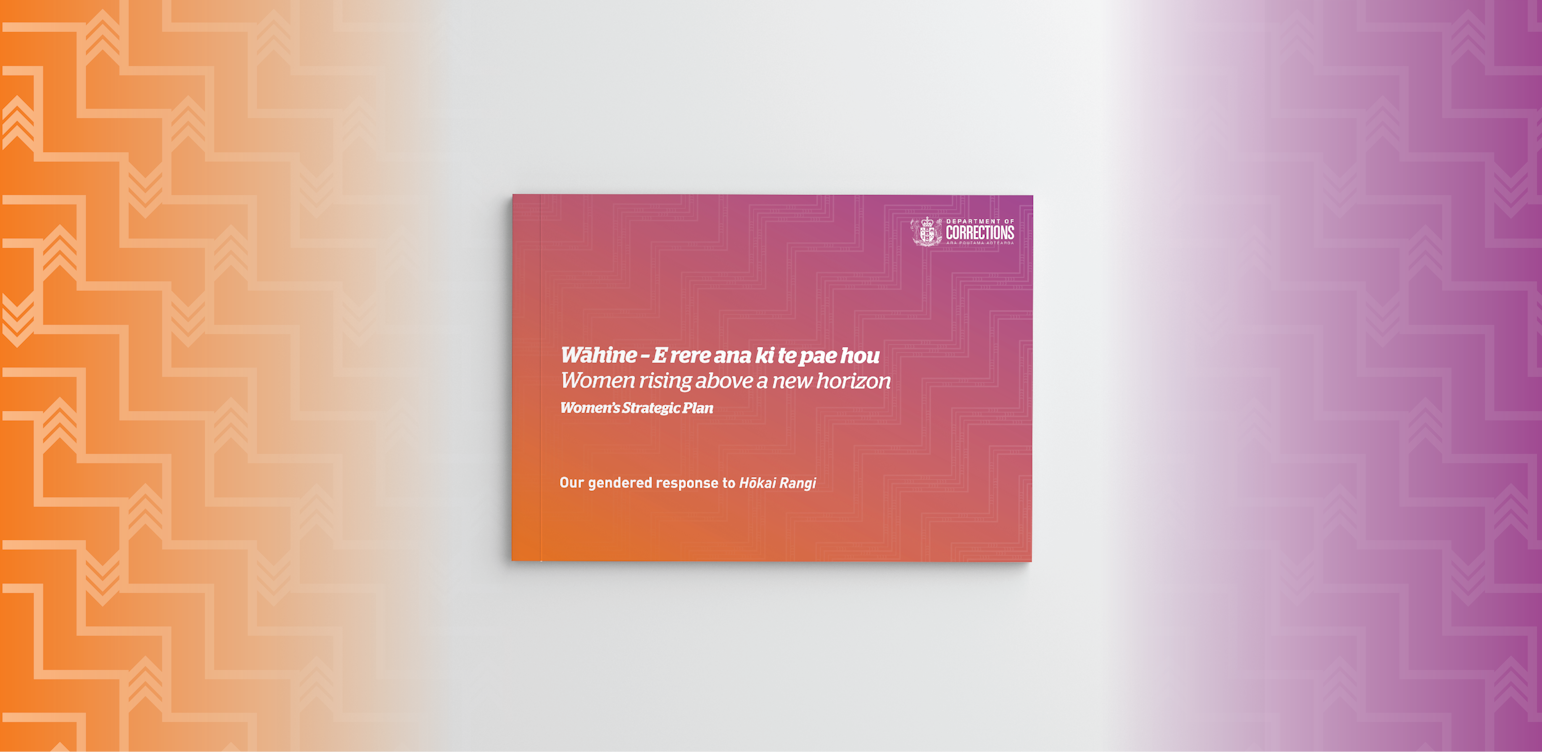Women's Strategic Plan - Wāhine: E Rere Ana Ki te Pae Hou

Wāhine - E rere ana ki te pae hou
View Women's Strategic Plan - Wāhine - E rere ana ki te pae hou PDF, 1.2 MB
The journey of Wāhine: E rere ana ki te pae hou began in 2017 with the launch of our inaugural Women’s Strategy - a foundational step in guiding Corrections to think differently about the needs of women in our management. The strategy was refreshed in 2021 with a four-year plan which identified the need for stronger leadership, system-wide changes, and greater focus on trauma-informed and culturally responsive practice.
With the number of women in the corrections system increasing, it’s important that we move forward with a renewed plan that builds on what we’ve learned in the past.
This iteration of Wāhine - E rere ana ki te pae hou embraces an integrated, gender and culturally responsive, trauma-informed approach that aligns with the principles of Hōkai Rangi.
The Strategic Plan focuses on three key areas:
- Our Staff– Enhancing staff capability for gender and culturally responsive, trauma informed practice.
- Our System– Improved systems that support consistency
- Our Support for Women – Strengthening support for women in the corrections system.
Together, we make our communities safer by supporting people to leave us better and with brighter prospects. Providing gender and culturally responsive, trauma-informed support for women in the Corrections system can have an impact not only on their future, but also for the future of their whānau.

